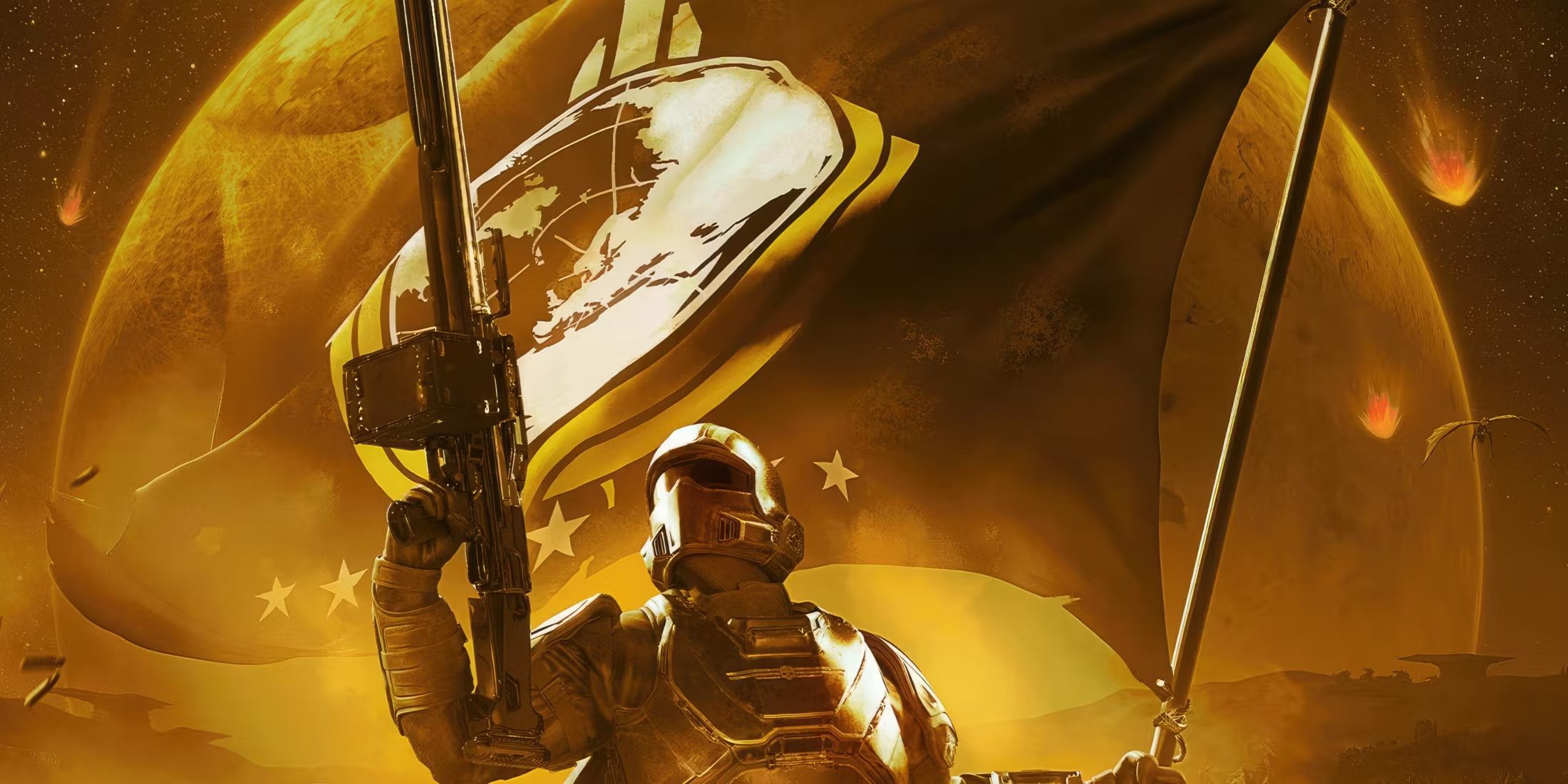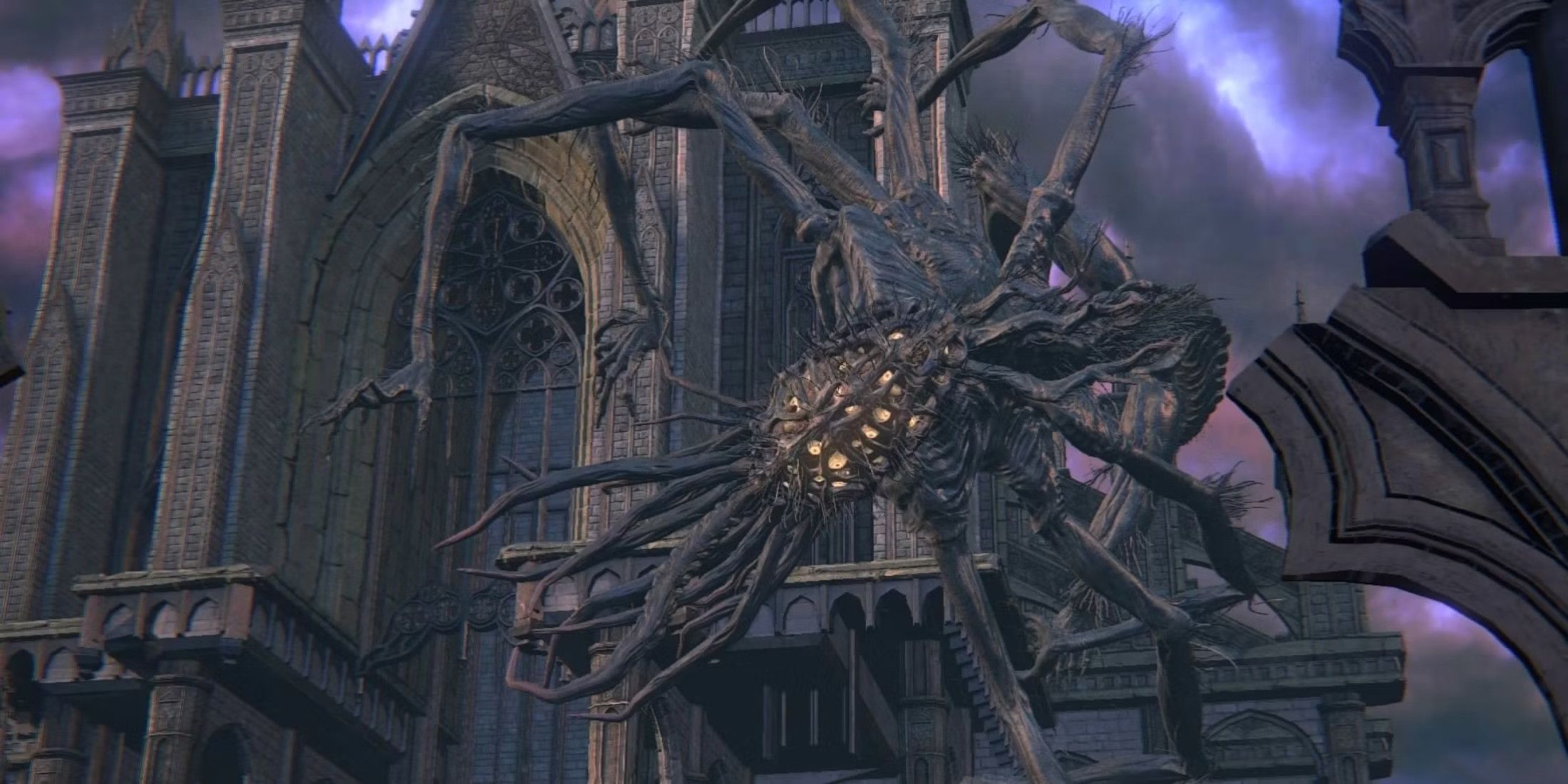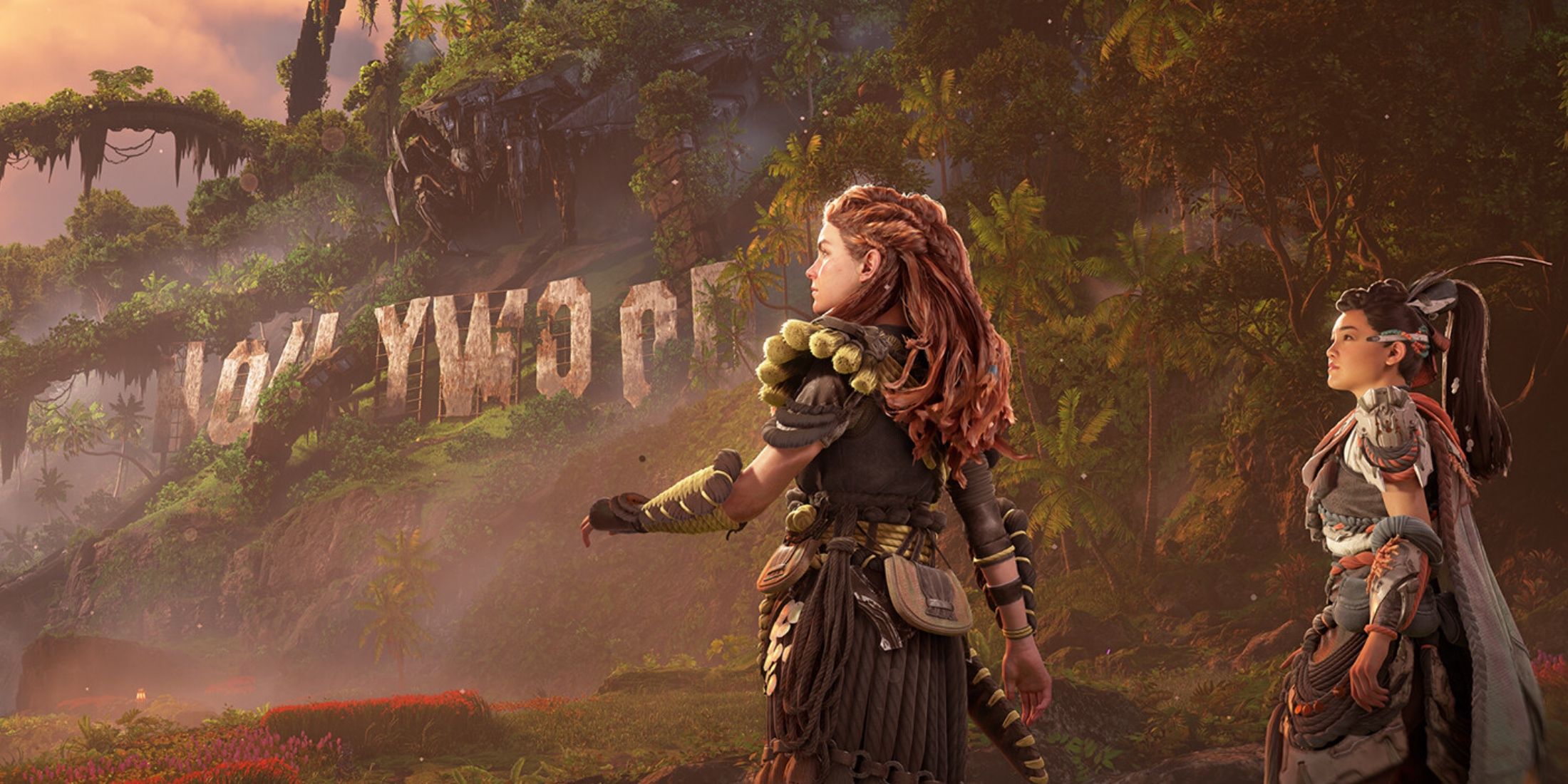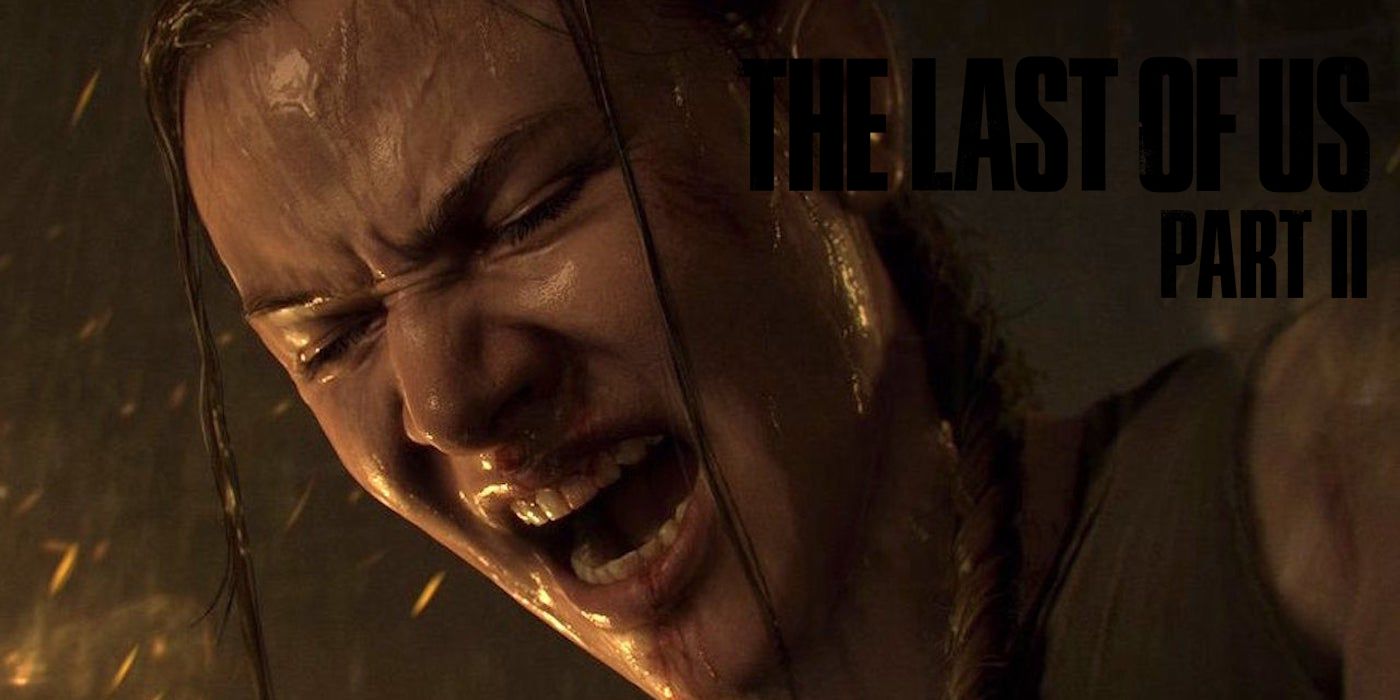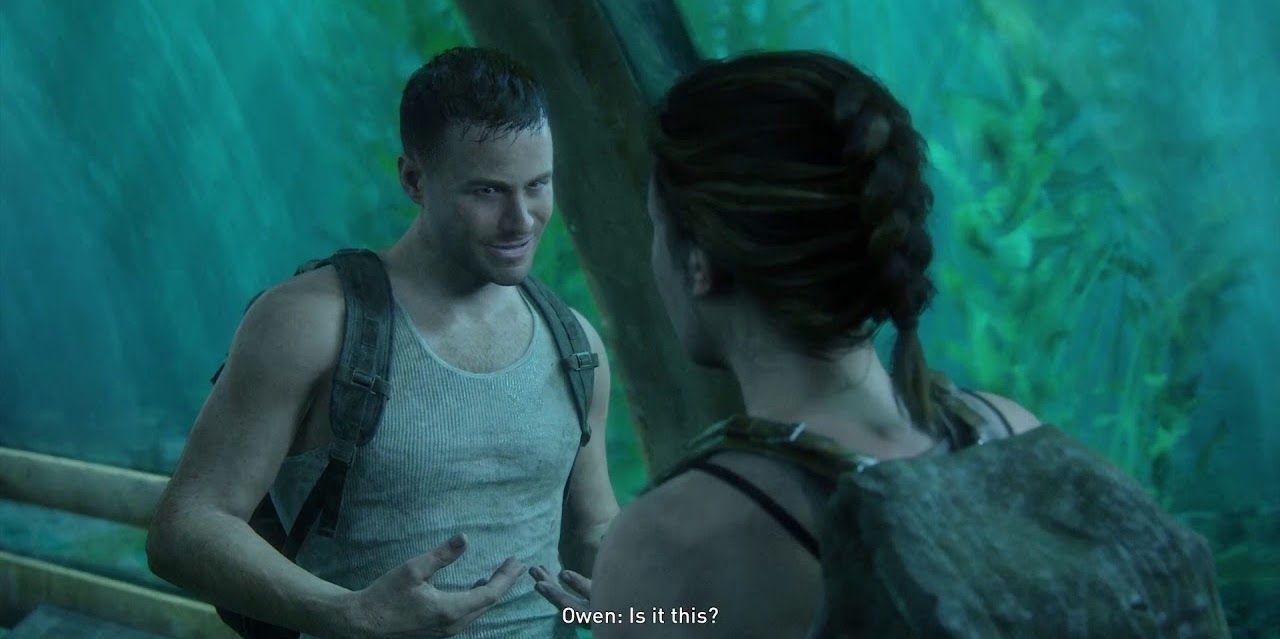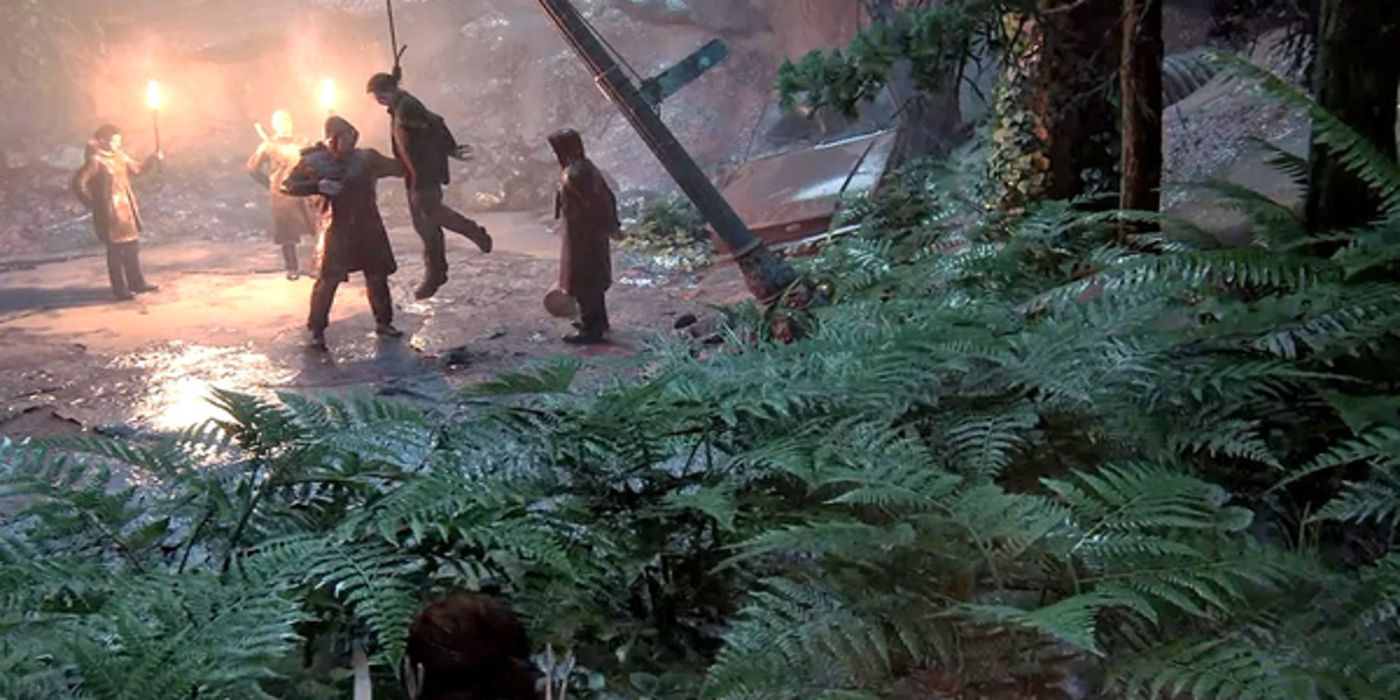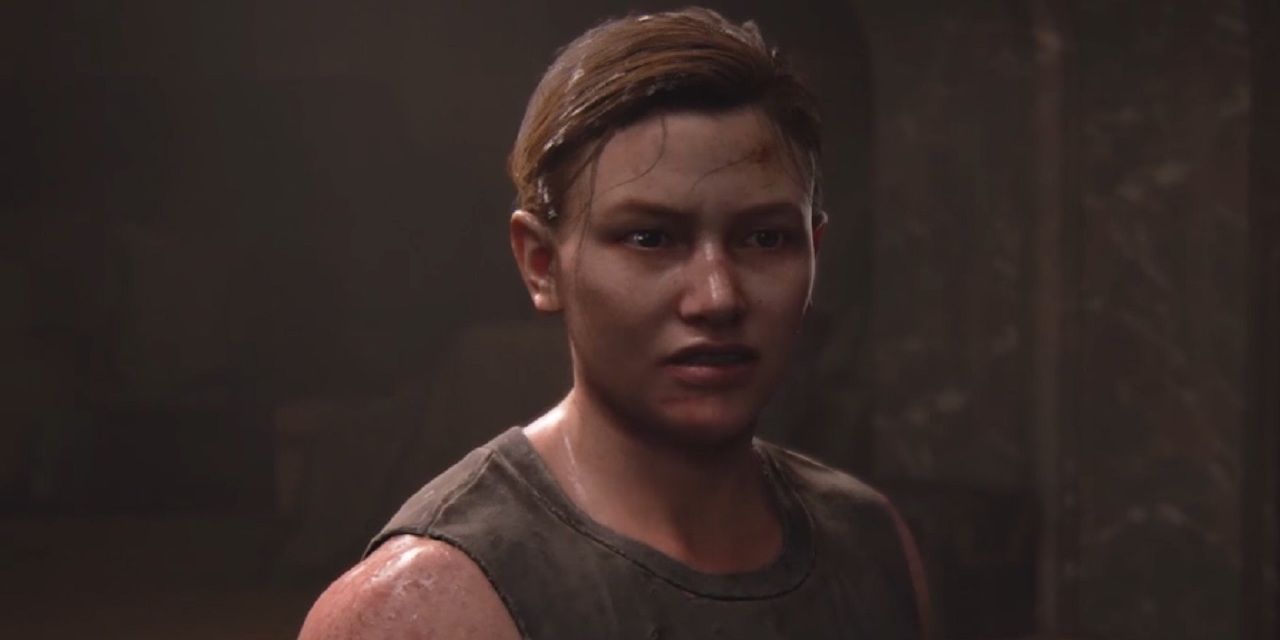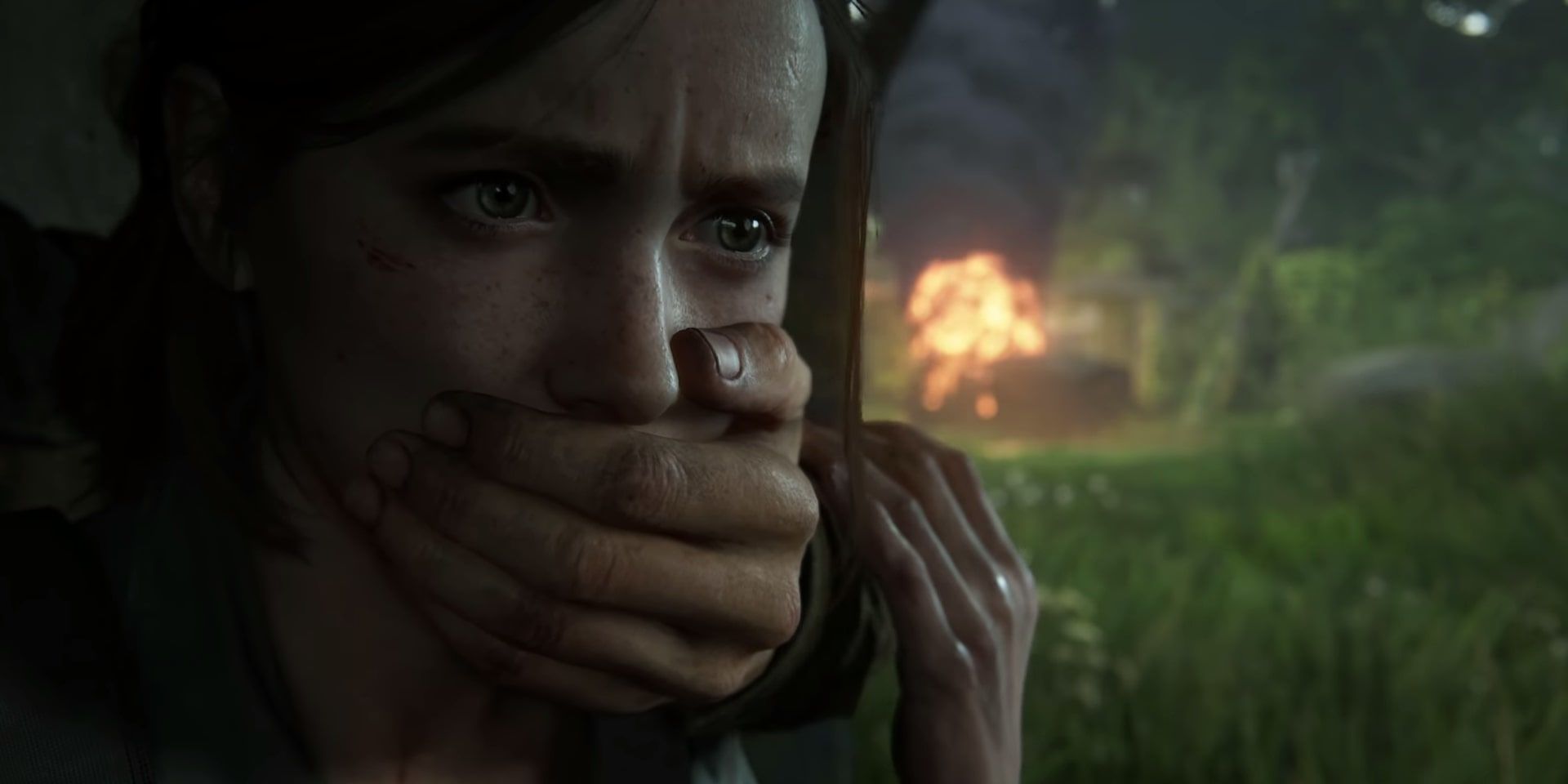With The Last of Us Part 2 finally out, players are ready to push through the sequel to Naughty Dog's most depressing story to date, also being the most successful release on PS4 until now as well. However, while the overall message of the game is a powerful note on the nature of choices and consequences, as well as the importance of perspective into both sides of any conflict, the delivery can be heavy-handed at times.
It would be impossible to go on without clarifying that taking a look at the faults of The Last of Us Part 2 doesn't immediately claim the game is a failure or terrible, nor does it deserve the review bombing it received on release. This is simply a deep dive into one of the few flaws that the game presents itself, which are actually fairly difficult to find until later in the story when the message starts getting beaten over the players heads.
So, while messages that are presented in the game are treated with an impressive level of nuance, the "consequences" subject is more than slightly overdone. Some would argue that the issues started with The Last of Us Part 2's controversial prologue, but in a grander sense, the only real problem with that is its predictability. Instead, the real issues don't crop up until a few hours into the first few main chapters, and from here we'll be getting into MAJOR SPOILER territory.
Every Enemy Has a Name
For the opening hours of The Last of Us Part 2 players are sent into Seattle, where they spend a few days as Ellie while she hunts down Abby, the woman who killed Joel in the prologue. On the way, Ellie learns of two separate factions vying for power in Seattle, the WLF/Wolves and Scars/Seraphites, both of which are immediately hostile to Ellie as soon as she arrives. However, whenever Ellie defends herself, or outright silent murders her way through either faction, the surviving members will react to dead bodies or seeing their allies die by screaming their name in horror.
At first, this can be a fascinating mechanic that adds a level of conflict to players as they are no longer mowing down nameless NPCs but fully formed characters with lives and backstories. In fact, some players may even find notes from different members of the factions with names of loved ones written on them that the player will likely hear screamed in the following few minutes. While this really grounds the idea that Ellie's killings are no different than Abby's, the weight of these names begins to lose meaning as its repeated, without giving players a diplomacy button to have any input on whether or not to kill every enemy.
Seraphites' Ceremonial Hanging
It's around the time that Ellie first encounters the Seraphites, who the Wolves generally refer to as Scars, that this moral ambiguity really begins to break down, though. The initial meeting with the cultists involves the player witnessing a hanging, as a group of Seraphites hang a WLF soldier and slice their stomach open, letting their intestines spill out. Players might recognize a similar scene as the very first, brutal trailer for The Last of Us Part 2 involves Abby almost becoming the target of one of these.
This first encounter continues the use of enemy characters howling out names as they notice the dead bodies of their companions, which is undercut by the brutal actions the player just witnessed. To a degree, it can be argued that the Wolves aren't completely evil, although they are certainly less altruistic than Tommy and his people back at Jackson, but the Seraphites are far worse. Trying to make the player feel guilty for killing these tough, new enemies drags down the moral argument, especially considering the way that the rest of the game frames them as psychopathic fanatics.
The Last of Us 2: Playing as Abby
About halfway through The Last of Us Part 2, control is shifted from Ellie to Abby, the villain that the player has been hunting up until this point in the game. From Abby's perspective, players are given a deeper look at the WLF from the inside, even though she eventually starts fighting against her own people by the end as well. We also get to see the story come full circle, as we learn who Abby is in relation to the actions of Joel at the end of The Last of Us, with him killing her father and destroying the Fireflies she dedicated her life to.
Unfortunately, this comes on the heels of Abby murdering Jesse in front of the player, holding Tommy hostage and nearly killing him, and having been the central target of the game for killing Joel. She may have motivations that somewhat justify her actions, and perfectly mirror Ellie's reasoning for coming to Seattle in the first place, but that doesn't mean the player is going to immediately forgive her as soon as they take control. In fact, Abby's fear of heights may even lead some players to throw her off of every tall building that they can as they're forced to play as her for the second half of the game, leading up to an homage to a previous encounter from the original The Last of Us.
Ellie Becomes David
One of the best encounters in The Last of Us, if not the best in the whole Naughty Dog catalogue, is the stealth fight against David, where players have to control Ellie. In The Last of Us 2, this fight is repeated, but now being played as Abby as she has to sneak her way around the backstage of a theater in order to fight off a hostile Ellie. On paper, the fight is an impressive use of the best combat mechanics in game, both being used to the player's advantage and used against them, but the narrative weight is completely absent.
It's unfair to compare the new encounter to the original, but the heavy winking that the fight is giving to the player, it's hard not to. However, while in The Last of Us, Ellie is running from a machete wielding David who stands as a powerful, imposing force against her. Abby is in no way at the same disadvantage when it comes to physical stature and combat skills. Then, there's the fact that the encounter draws more of a parallel between Ellie and David, as opposed to the one the game has been developing between Ellie and Joel the entire time.
Finally, while these two certainly needed to fight at some point in the game, painting Ellie as a pure villain, even from Abby's perspective, isn't earned. She's almost a one-to-one of Abby, complete with a dead father figure and a thirst for revenge stealing her sleep and sending her on a manhunt, but the player barely gets to know Abby's father. On the flip side of that Joel was a beloved character, and had been clearly working to redeem himself for the decision to save Ellie, so it's difficult to pull the same empathy for both sides of this conflict the way the game wants. The consequences from mechanics to story take a beating when how it is done feels so un-emphatic, the exact opposite of emotion it's supposed to elicit.
The Last of Us Part 2 is available now for PS4.

